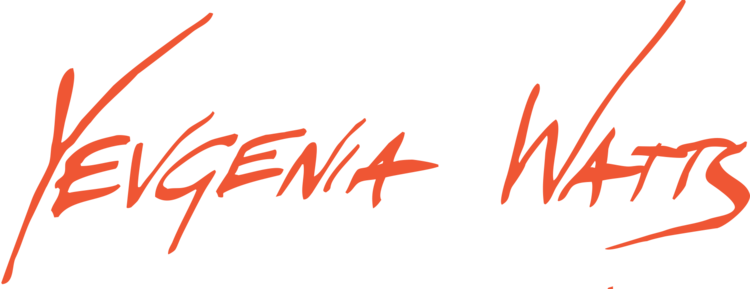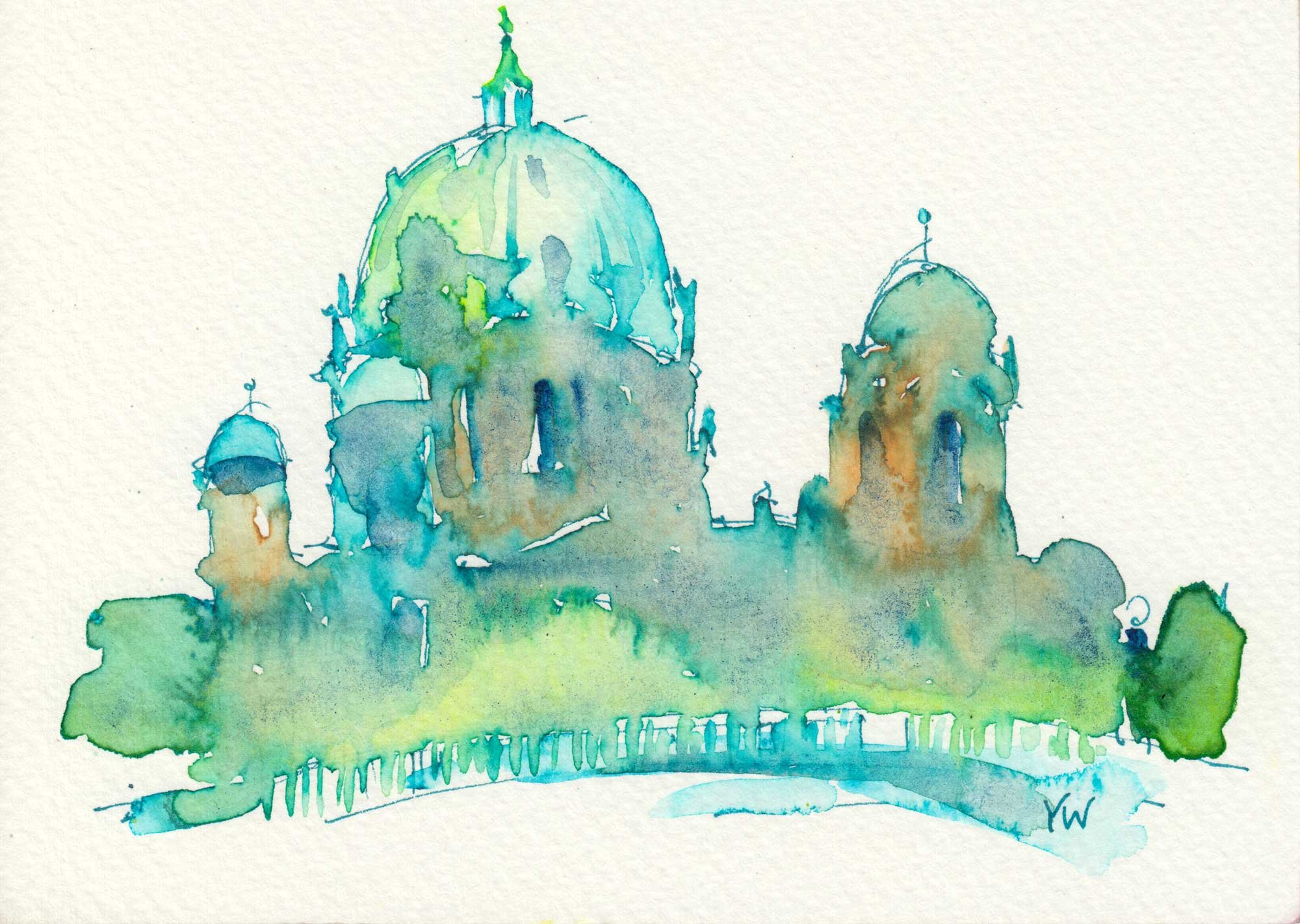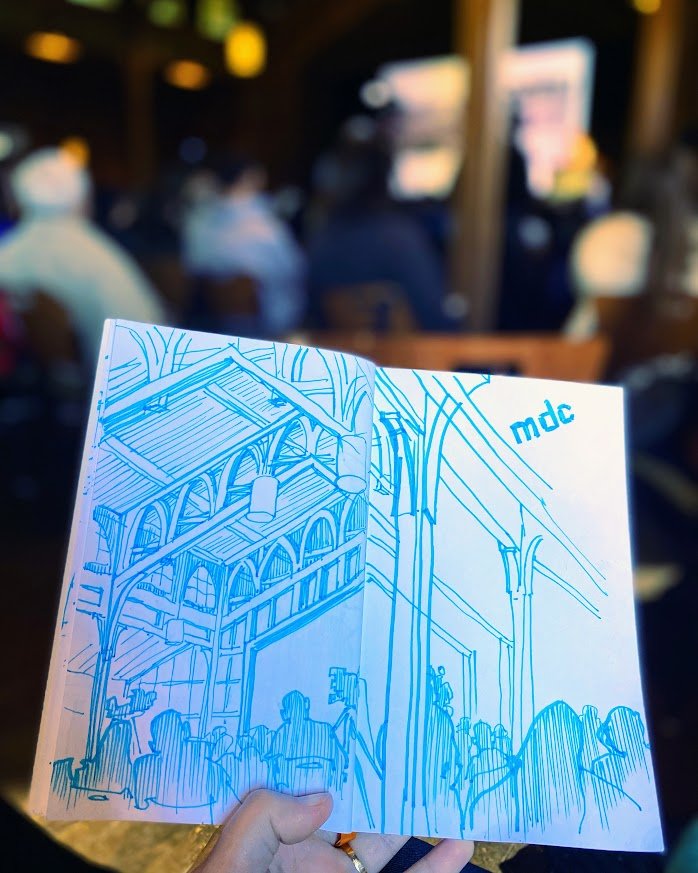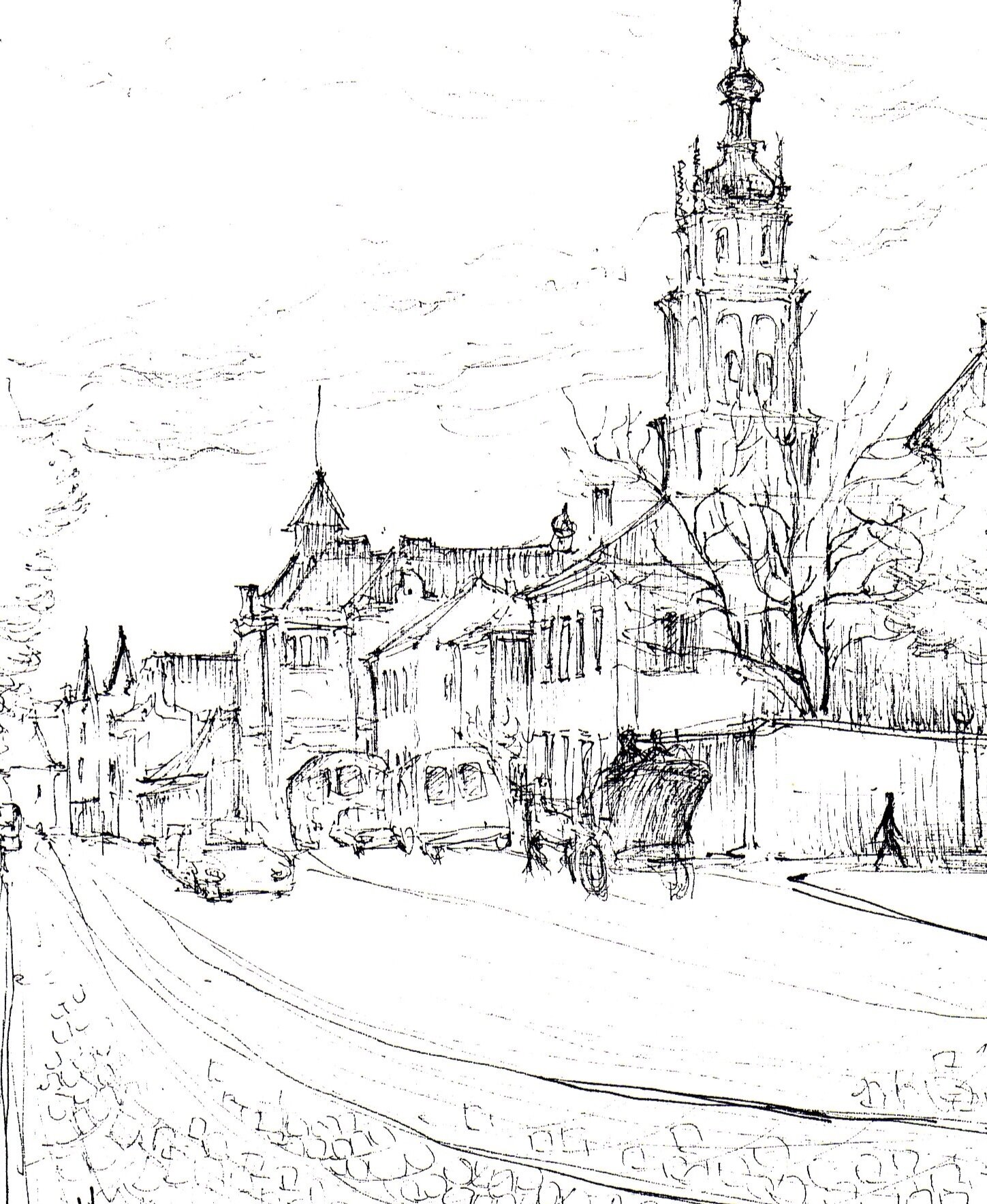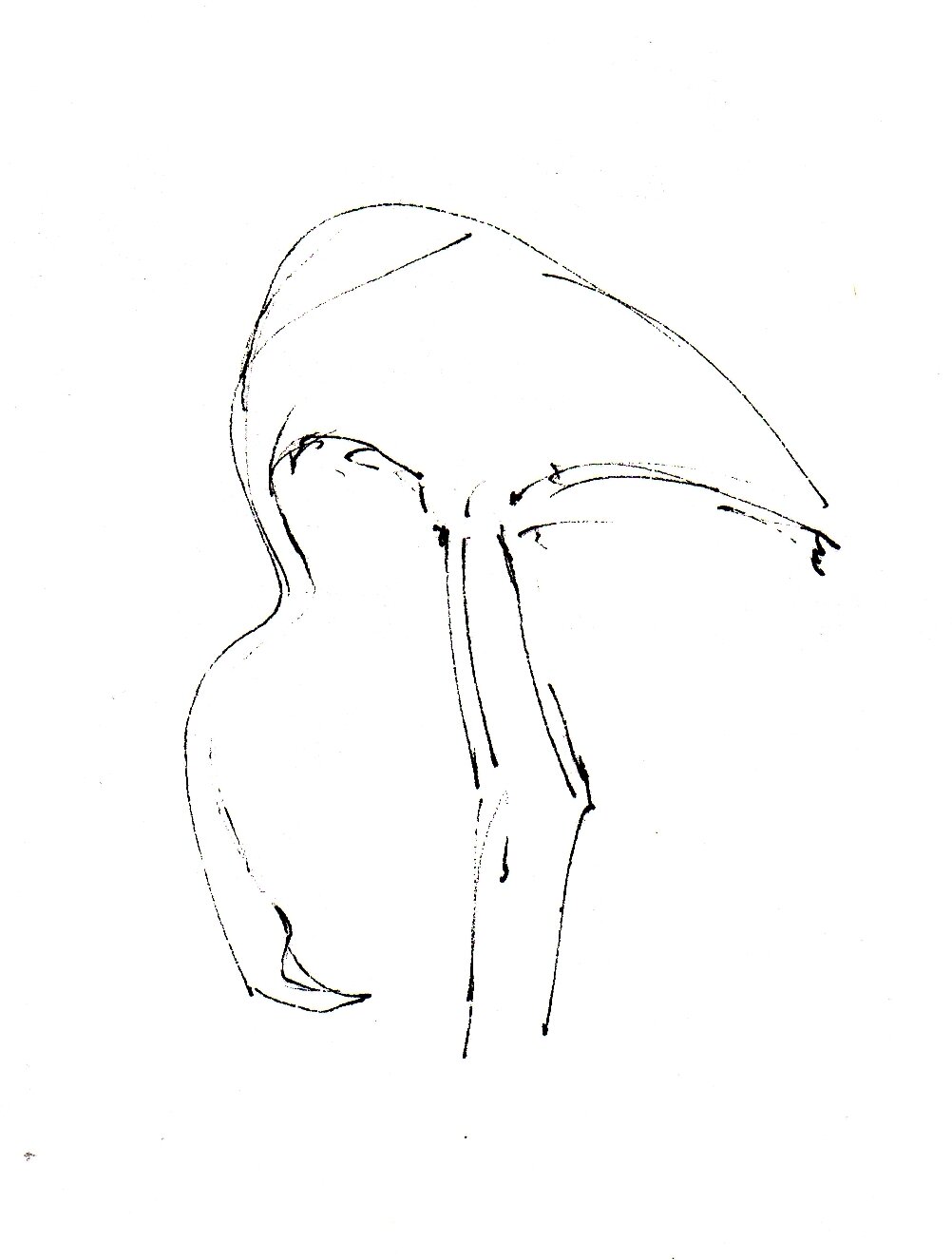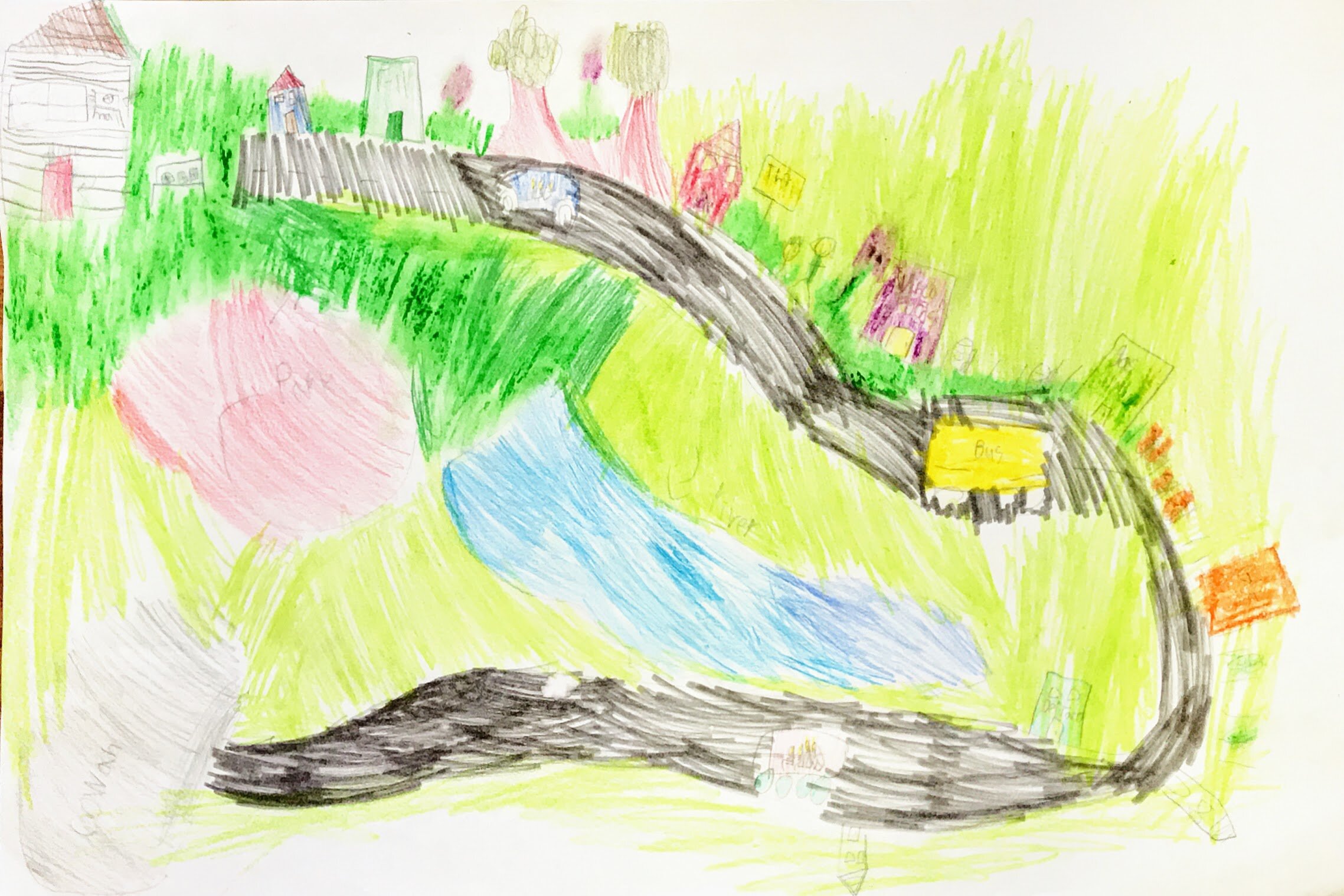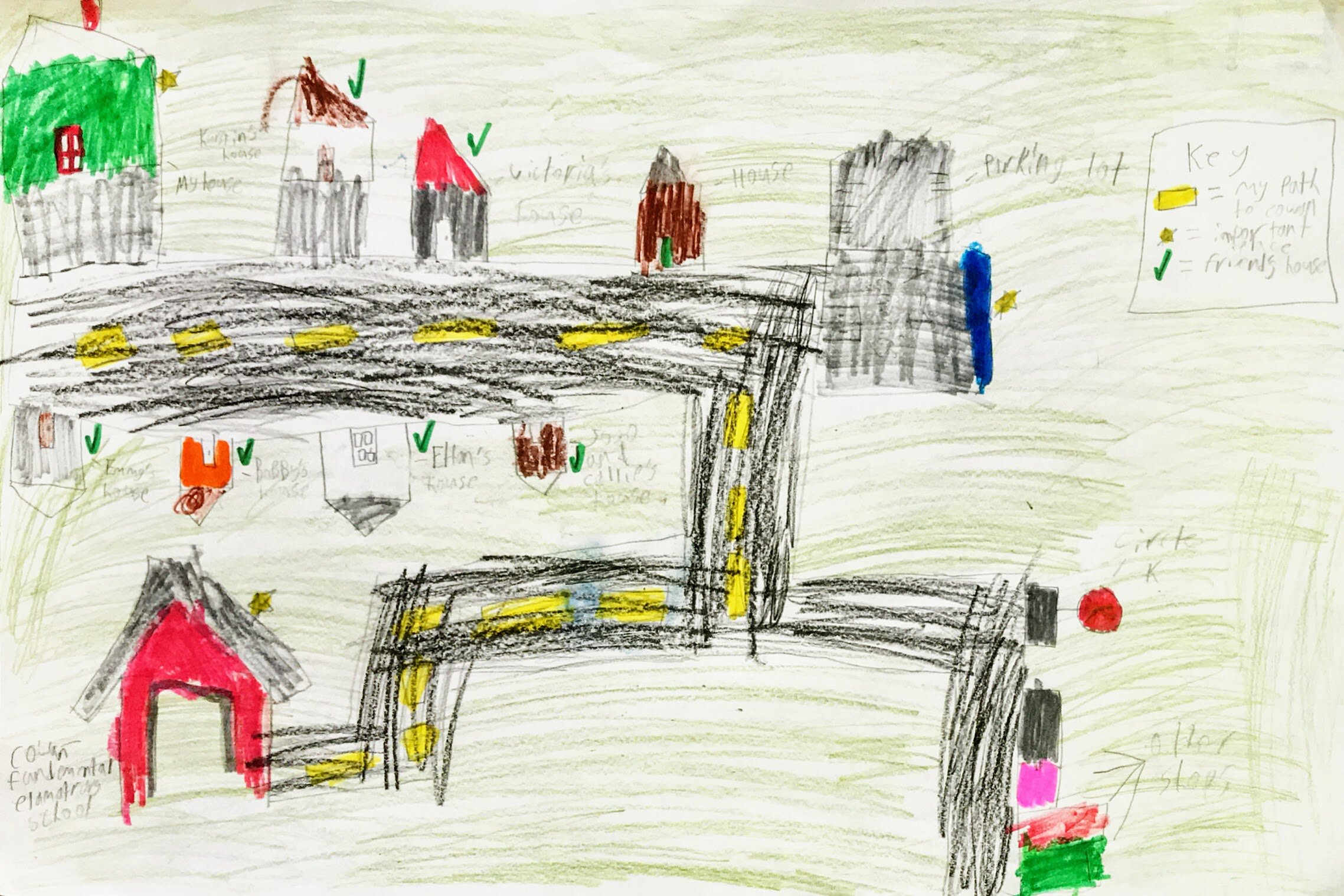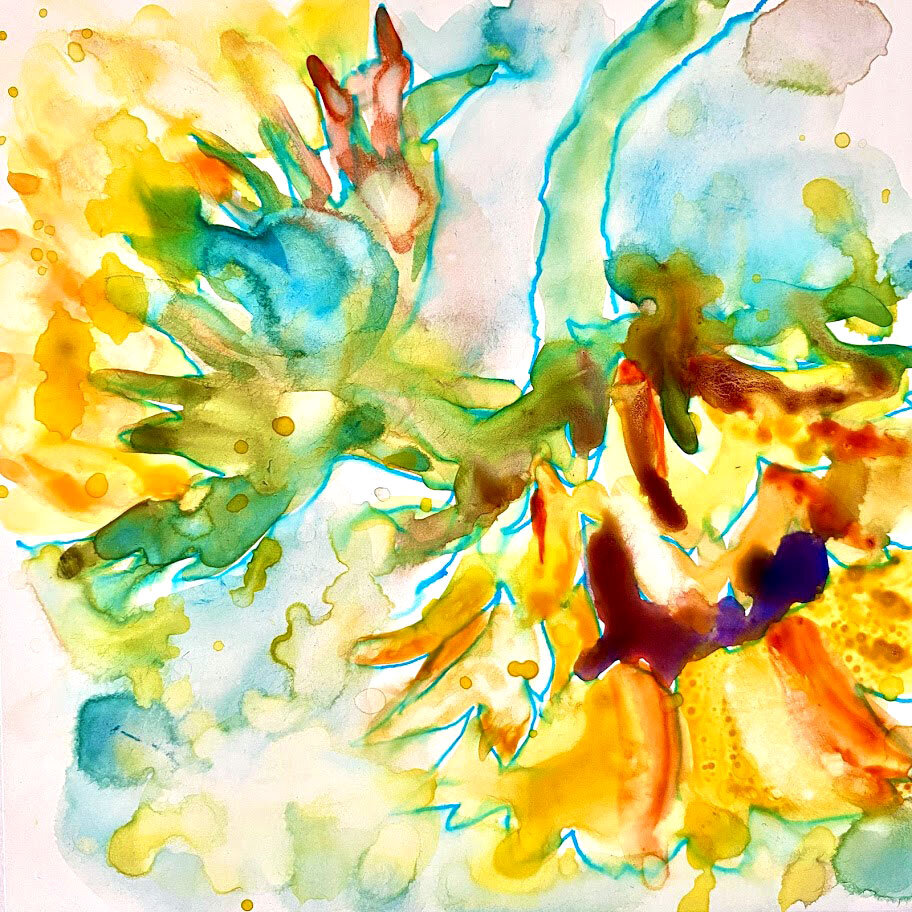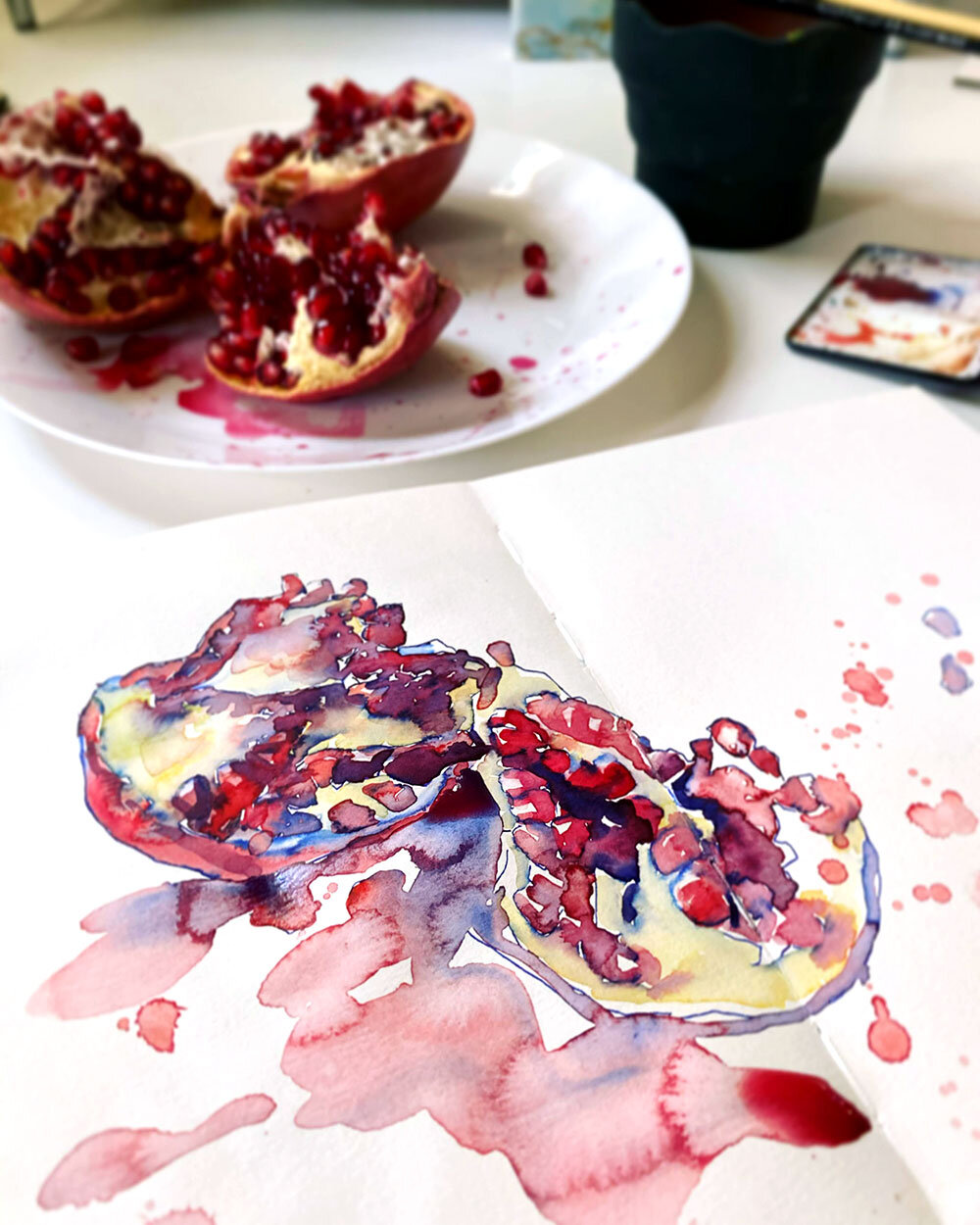Time is a living being. It breathes, stretches and runs away from you. It disappears into thin air. It changes its shape constantly, like some amorphous silent beast. It’s impossible to grasp, unreliable in its measurements, and yet, it is real. In its foggy shimmering, it is always next to you, curled up like a napping cat or swirling you into itself like a dust devil. And sometimes, it holds its breath for just a moment and lets you take a picture.
January
“Savoring Sacramento” is a beautiful book published by the local arts organization and full of lovely art, fun recipes, and just …awesomeness. I helped my daughters enter it and added a few of my paintings for good measure. We were all thrilled to learn that we were accepted!
I baked a lot of bread. Knit socks and sweaters.
My cousin Dasha came from Ukraine via the Uniting for Ukraine visa (which is now paused, thanks to the “new administration”). I was happy for her to be able to escape the war but it also felt a little…triggering. I remember how difficult it was to be a brand new immigrant. She is doing her best.
February
2 years of the full-scale Russian invasion. Centuries of bad blood.
More bread baking, and the annual sparkSTUDIO retreat with my wonderful business partner Lidia. Spark has been such a big part of my life in the last five years (and it feels longer than that!) It would have been so much harder to make it work and grow with anyone else. Shoutout here to my husband Erik, too. He has seen me excited, happy, exhausted, and dejected, and supported me through it all.
Watching Erik work on his podcast.
March
Speaking of husbands…March is our wedding anniversary (coming up soon!). In 2024, we spent a few days in Santa Cruz to celebrate it. Santa Cruz was rainy and boring. We rode the ancient wooden roller coaster The Giant Dipper, which felt violent…but I guess it’s a unique Santa Cruz experience. Case in point: when I google “Santa Cruz roller coaster,” the first suggested search term that comes up following my prompt is “deaths.”
Once away from the boardwalk and closer to the downtown, Santa Cruz is alright. Rain was the perfect weather to hide inside a combo restaurant and bookstore, with an expansive philosophy section.
And on our last day there, we had bagels at a phenomenal hole-in-a-wall breakfast spot. I have a fondness for shaking hands with inanimate objects, I guess? Alternative interpretation: I am hilarious!
April
Austria! Wow. What a trip.
I flew to Munich. Once in Germany, I bought a train ticket to Innsbruck. I had several hours to kill, so I rode a few subway stations past the train station to Marienplatz and walked around the packed Old Town Munich. This is why I strongly prefer to travel with a backpack. Imagine trying the same maneuver with a rolling suitcase!
Right after exiting the subway station, I was greeted by a Ukrainian flag banner on the face of the gothic City Hall. It felt like a warm hug.
I didn’t know what to expect from Innsbruck. Based on the remote location, I thought it would be a village with a University campus. But I was pleasantly surprised by this charming medieval town. It reminded me of Lviv, my favorite Ukrainian city.
After the Passiv Haus conference in Innsbruck, I took the train to Vienna and met up with my best friend Lara.
So many apfelstrudels. So much art and architecture. So much love.
May
Saw Maggie in Little Women. She is a star, and I am excited to see her grow up and make a life of her own. She will be a theater major in college very soon!
For Mother’s Day, I had brunch with the kids. My love for each of them deepens and evolves as they become older.
Erik and I went to San Francisco for a long weekend. I love San Francisco for its weather, its art, and its public transit system. It might not be the best in the world, but it’s the closest city where one can get around without the hassle of owning, maintaining, fueling, driving, and parking a car. I would move there in a heartbeat.
We spent one of the days at SFMOMA. I vaguely remember that one of the main reasons for this trip (for me) was to see the Yayoi Kusuma installations.
June
21&Q is done! 6 years is what it took to bring this project to completion.
I’m very proud of this one.
DIIV concert with Erik, Cavetown in Berkeley with Katia.
July
SF solo trip. A day at SFMOMA
Gualala with the family, marked by an unusual concentration of unfortunate events. First, our dog Rocky had to undergo an emergency haircut after getting completely covered with burrs and ticks - the payment for a joyful prance through the woods. Then Erik sprained his ankle so badly that he almost passed out. For a while, he walked with a magical golden dragon scale cane that an old lady left at a Gualala fishing shop. That cane has been waiting for him to sprain his ankle for years. Then I got whacked in the face by the beach umbrella tent that got yanked out of the sand by a gust of wind. And as soon as we got home, Elijah fell off his bike at some speed, his face right into the asphalt. Emergency department trip followed, with eight stitches to hold his upper lip and chin together.
August.
The boy with 8 stitches turns 15!
September
My birthday. I am the same age my mom was when she moved to the U.S.
October
I pass the Passive House exam. That was so much work on top of work on top of work. I should cut myself some slack…
Another SF trip with Erik. Another thing I love about San Francisco is its bookstores.
And then, at the end of the month, the Monterey Design Conference, which I thoroughly enjoy.
Lidia and I getting a golf cart taxi ride at the conference
November
Ella’s birthday trip to NYC.
Ella and NYC
I can’t believe we did it! We stayed in Brooklyn, at the top floor of a lovely brownstone with a phenomenal view of Manhattan.
View from our Airbnb
I actually sketched stuff on the trip. One of my favorite Brooklyn discoveries was Caroll Park, which felt very familiar, like a park in a Ukrainian city. There were big trees, pavers, wrought iron benches, and pigeons. And people just hanging out with their kids, dogs, friends, and family after taking a short walk. This doesn’t exist where I live in suburban Sacramento.
Caroll Park
Our last day in New York was also U.S. Election Day. I did my best to focus on the positive and important things—being together with my daughter, enjoying travel, feeling alive. But of course, the political nightmare very much undermined this.
December
Last month of 2024 brought a lot of stress at work. Despite all the travel and fun the whole year, I felt burned out to the core. Even the well-deserved 2-week winter break did not feel like much of a break.
I keep remembering something I wrote in this very blog before re-entering the architecture industry - I said there was no way I would have less time to create than what I had when I was a stay-at-home mom. I was wrong. Now, I am still a mom, an architect, and a business owner. I am simultaneously more and less in control of my own time.
And I’m back to talking about time. Well, let me bookend this blog with something I wrote when I was in Vienna - another riff on the nature of time. Thank you for reading!
My watch stops. I find out when I look at my wrist sometime in the afternoon. The next day, Lara leaves for Ukraine.
It stops in the morning, at 9:25, or 9:26, or 9:27. It’s impossible to tell precisely because this watch does not have any hour marks, and I rely on my architect eyeball to set it. This watch leaves me with room for error.
And so, the whole afternoon of that day, and the whole day after, I don’t keep track of time. I eat when I’m hungry, and I feel tired soon after the sun sets. The bells of Stephansdom and the many other churches around us help me out by striking once for quarter past the hour, twice for half hour, three times for forty-five minutes, and going into full rock concert mode at noon.
I brought this blue watch, with its missing hour marks an no second hand, back home with me from my layover in Vienna five years ago. I forget about this fact until I see its twin, along with a larger big brother watch, in a Vienna watch shop. Hello, beautiful!
Time loses its sharp edges. It becomes a billowing bedsheet, hung between my own waking and falling asleep. It sways in the wind, stretches and moves. And at noon, when the church bells flood the air all around me, time stands still.
